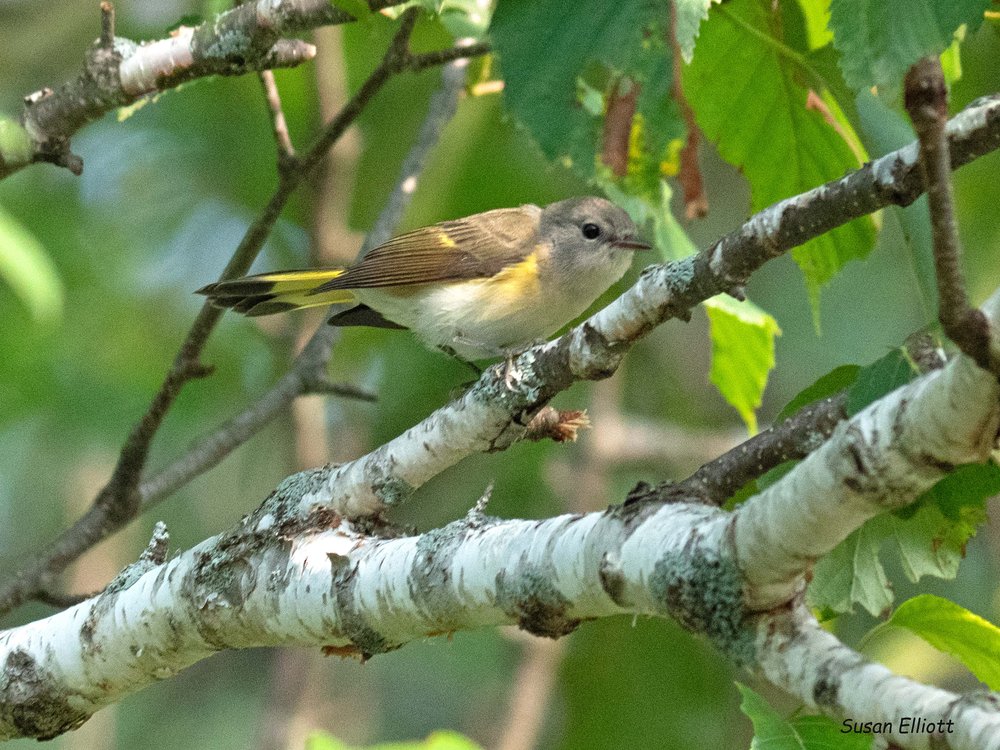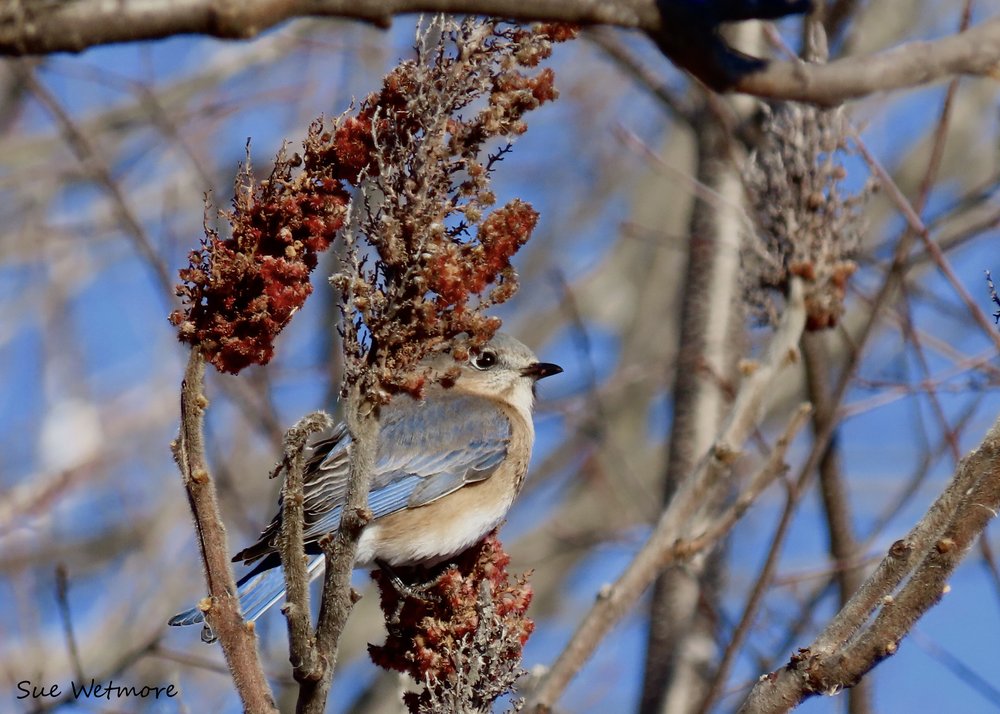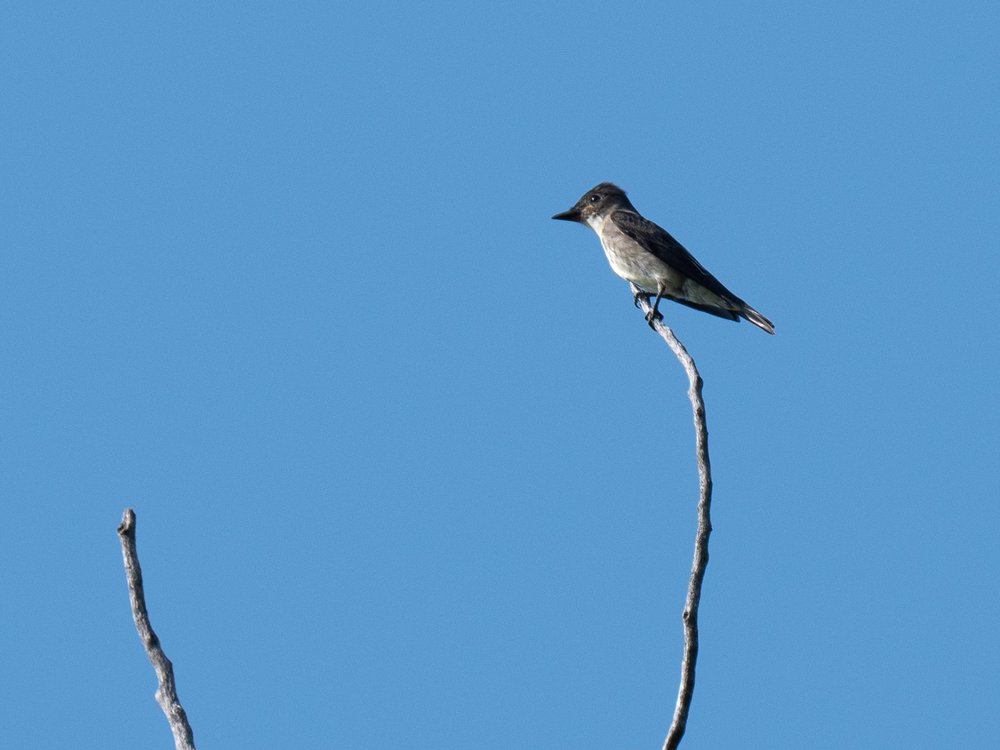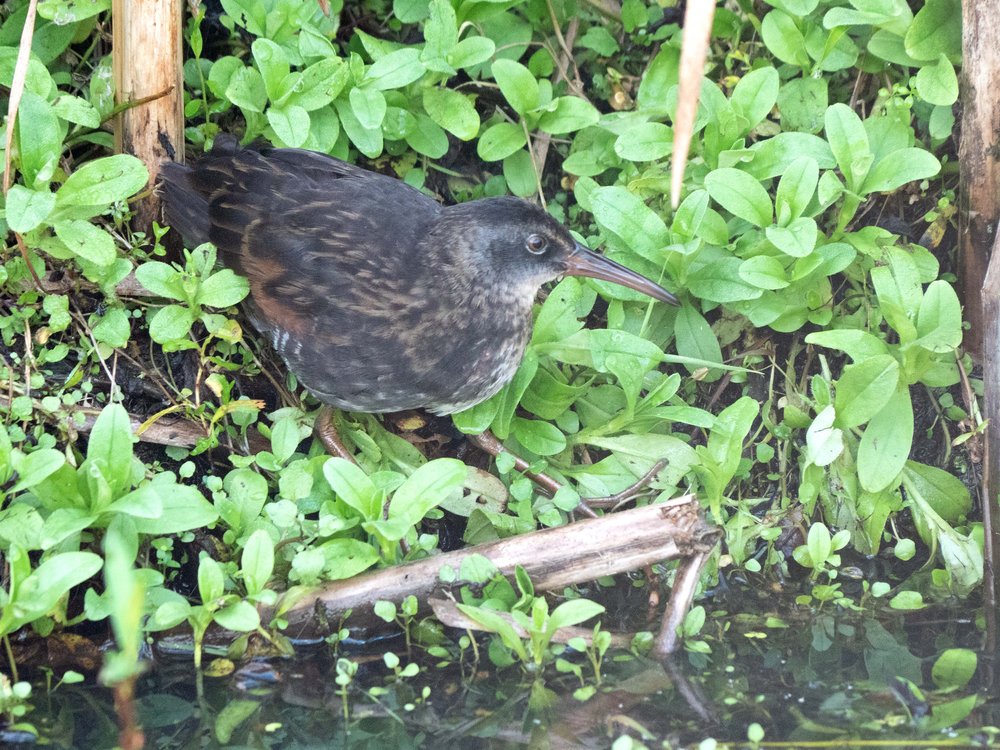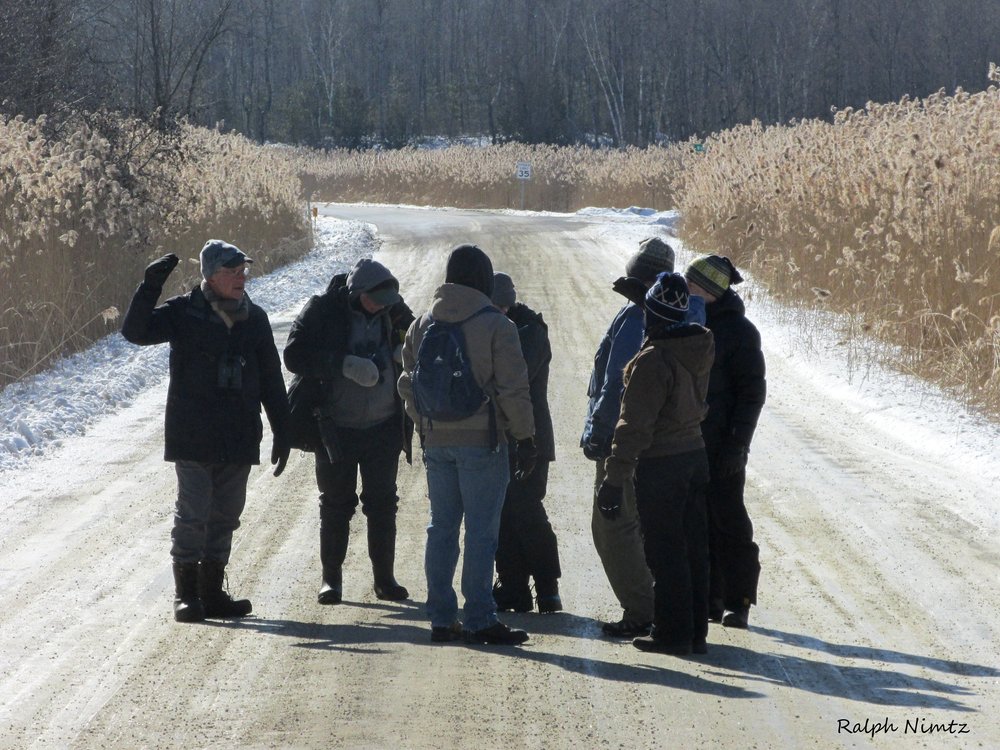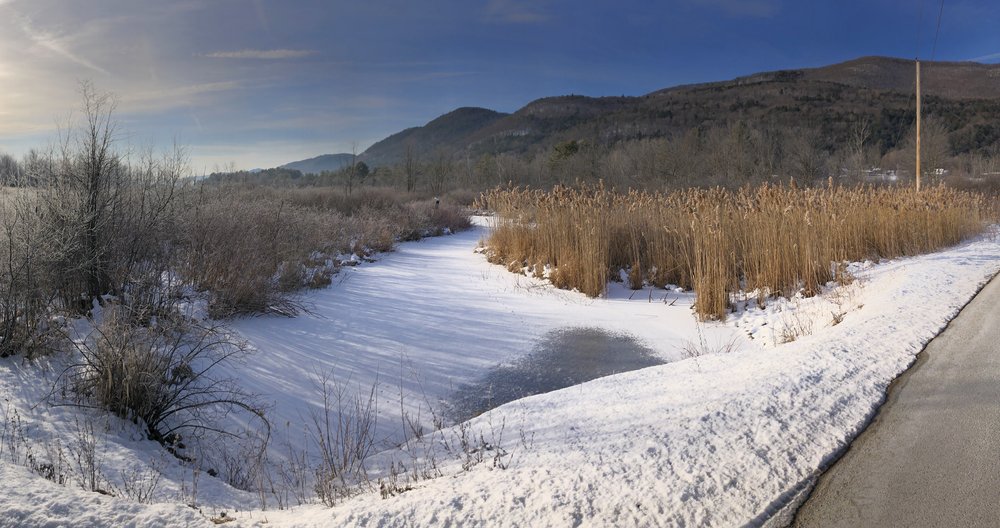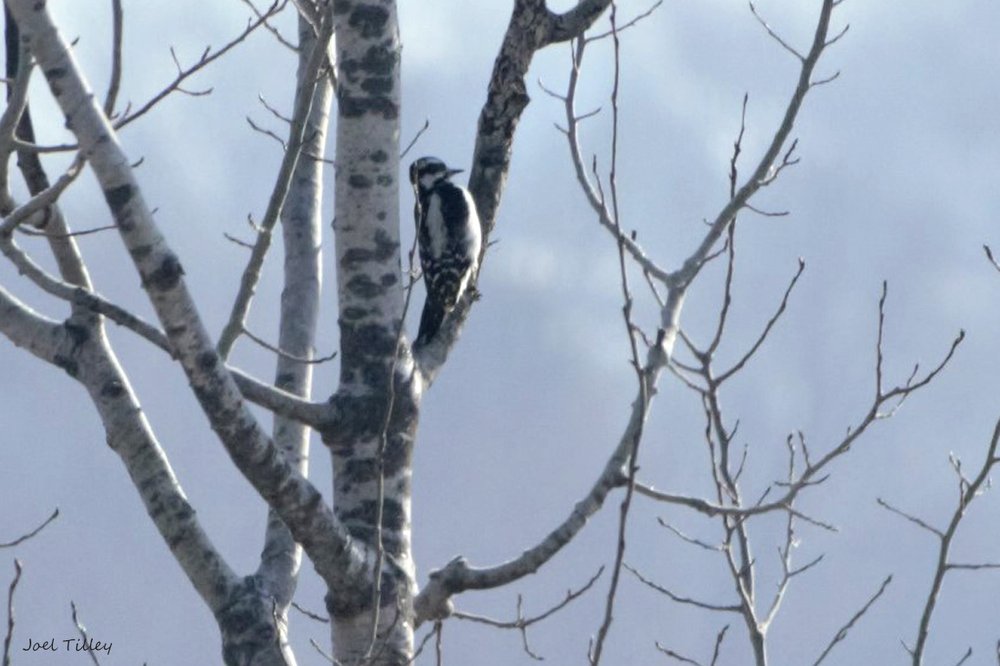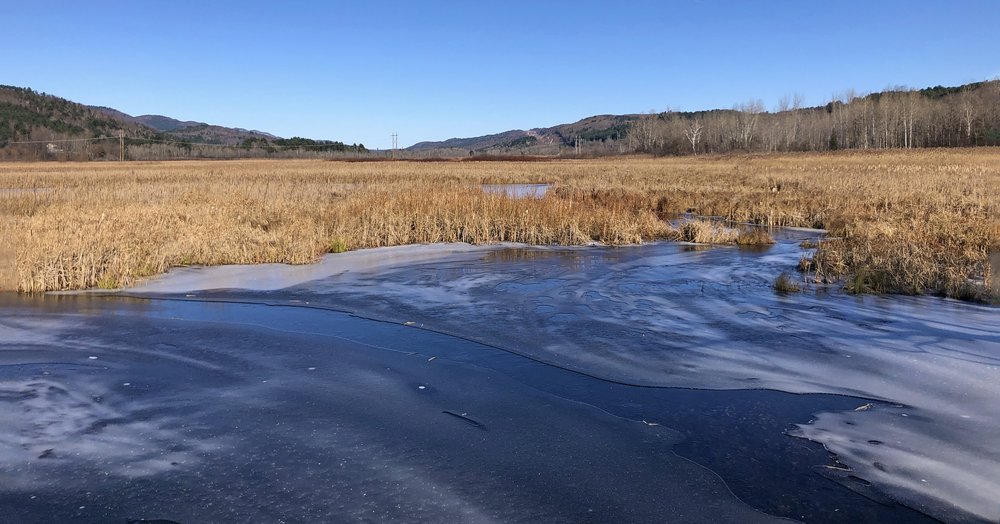 Least BitternWhile much of what RCAS does has been upended, along with almost everything else in the world, we’re happy to say that our monitoring of West Rutland Marsh has not been interrupted. While we can’t open our walks to the public yet, a handful of socially distanced board members have carried on the monitoring and will continue to do so until we can all bird together again.
Least BitternWhile much of what RCAS does has been upended, along with almost everything else in the world, we’re happy to say that our monitoring of West Rutland Marsh has not been interrupted. While we can’t open our walks to the public yet, a handful of socially distanced board members have carried on the monitoring and will continue to do so until we can all bird together again.
With some early migrants back, the species count for March 21 was 27. Red-winged blackbirds, common grackles, song sparrows and two turkey vultures were spotted. Purple finches seemed to be more abundant in the past few months than in some years. Three were counted on the walk. Green-winged teal and ring-billed gulls were observed, two species that we don’t see at the marsh that often. A falcon-shaped bird with high-pitched vocalizations was determined to be a merlin and a highlight of the walk. A complete checklist of the walk can be found here.
As expected, the April 18 walk recorded a higher number of species, 33, and the expected migrants. An American bittern was heard ‘thunder-pumping’ and an osprey was seen. Red-winged blackbird and song sparrow numbers were higher. Swamp sparrows were back and singing. Our state bird, the hermit thrush, was observed. A complete checklist of the walk can be found here.
On May 16 the species count jumped to 51. Two marsh specialties, American bittern and Virginia rail, were observed as well as marsh wrens. Other wren species were house wren and Carolina wren. Four thrushes were counted – veery, hermit thrush, wood thrush and American robin. And warblers! Ovenbird, northern waterthrush, black-and-white warbler, common yellowthroat, Blackburnian warbler, yellow warbler, chestnut-sided warbler and yellow-rumped warbler were all noted. Needless to say, the bird song increased substantially over the prior month! A complete checklist of the walk can be found here.
 Eastern KingbirdWith all the nesting activity at the marsh in June, we managed to tally 62 species on the June 20 walk. That compares with last year’s count of 52 and an average June species count of 60. Our high was 69 species in 2009.
Eastern KingbirdWith all the nesting activity at the marsh in June, we managed to tally 62 species on the June 20 walk. That compares with last year’s count of 52 and an average June species count of 60. Our high was 69 species in 2009.
While we missed the Virginia Rail on the June walk, we more than made up for it with a great look at a Least Bittern, a species that has not been reported at this location this year until the day prior. Three American bitterns were seen including one practically flying over our heads on Pleasant Street. A green heron and a great blue heron were also seen.
The nesting activity really made the day. We watched a yellow-bellied sapsucker bringing food to a nest cavity and a downy woodpecker feeding junior while a cedar waxwing was robbing an unused eastern kingbird nest for material. Other species were busy carrying food for young. An active Baltimore oriole nest now stands empty.
In addition to the usual common yellowthroat, yellow warbler and American redstart along Marble Street, several other warbler species were added along Whipple Hollow Road. This was the first time this year we have heard Canada warbler along the route. Ovenbirds and a northern waterthrush are still singing. A winter wren is still singing along this section. Other wren species included marsh, house and one Carolina.
Only two wood thrushes were heard, but the number of veeries was quite high – 23 in all. The June checklist can be found here.
August will mark the beginning of our 20th year of monitoring, making it one of the longest running, citizen science monitoring projects in Vermont. And while we can’t say when yet, we can say we can’t wait to bird with all of you again!
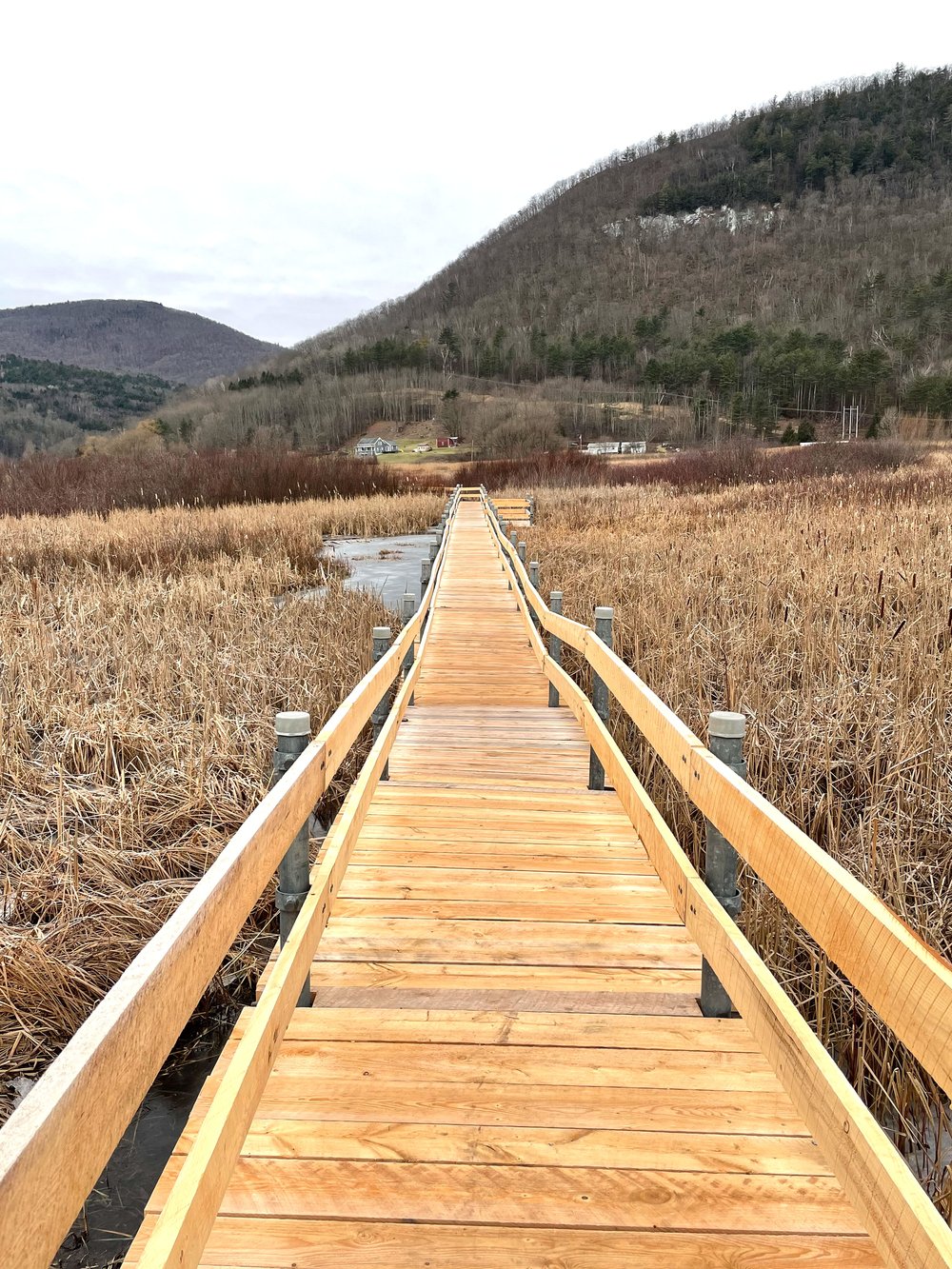 No snow and mild temperatures! Today’s walk around West Rutland Marsh seemed more like a day in November rather than mid-January. Seven participants tallied 21 species, none of them a surprise and none of the winter irruptives being seen sporadically elsewhere in the state.
No snow and mild temperatures! Today’s walk around West Rutland Marsh seemed more like a day in November rather than mid-January. Seven participants tallied 21 species, none of them a surprise and none of the winter irruptives being seen sporadically elsewhere in the state.




